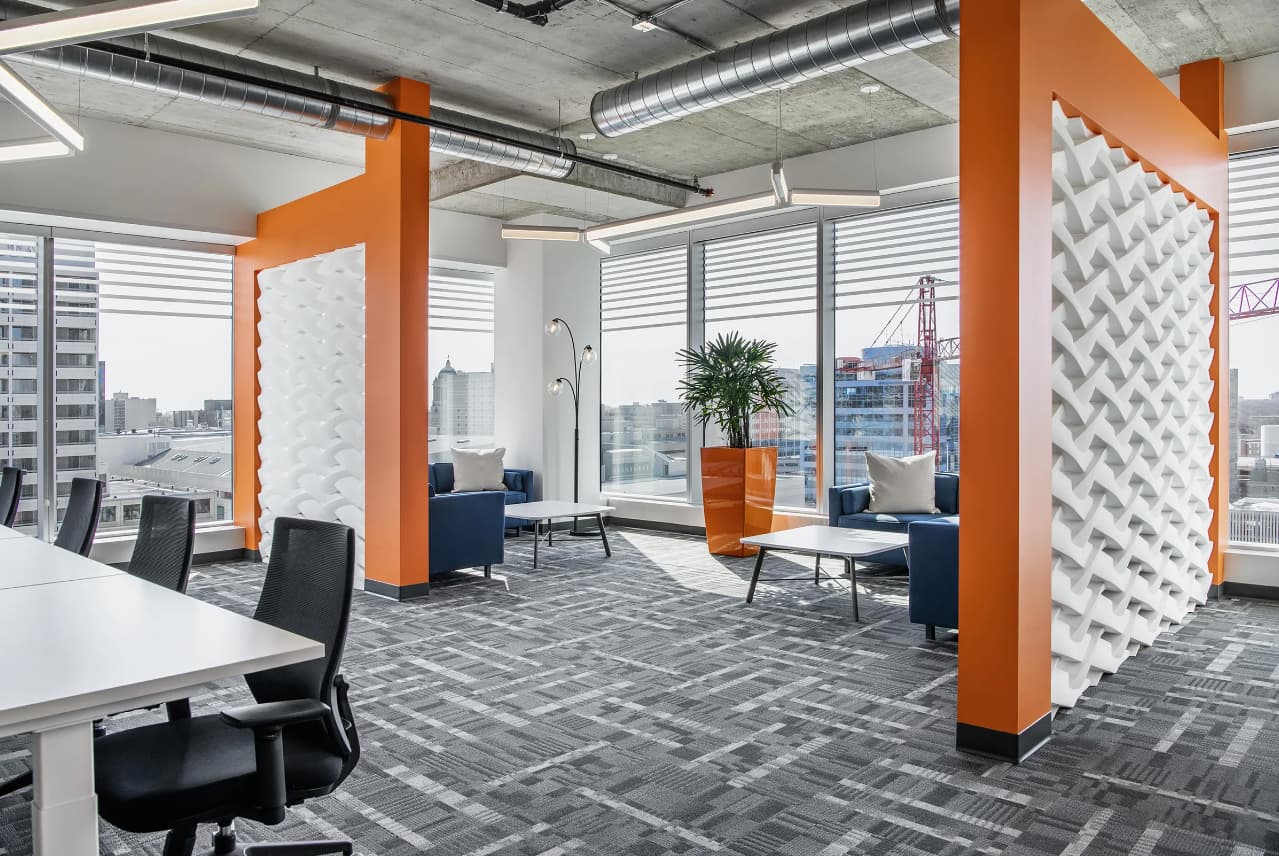At the start of the day, your employees come in full of energy and ready to tackle the tasks that await them; however, as the day wears on, you can’t help but notice that they are losing their steam. They go from being upbeat and productive to sluggish and irritable – and you feel the same way, too.
Believe it or not, that loss of pep in your employees’ (and your) step may not have anything to do with too much work or a caffeine crash. Instead, if could actually be related to something that you may not realize – lighting.
Sure, there may be enough light to see; but, the type of lighting can actually have an impact on emotions and biological functions. In other words, it can lead to headaches and cause irritability and drowsiness.
With a few simple adjustments to the lighting in your workspace, you could actually see a marked improvement in morale and productivity.
Turn The Lights Down
So many people are under the assumption that more lighting is better. More lighting means you can see better, but that’s not really true. In fact, too much light creates what is known as a disability glare, which means that more lighting does the opposite of what you hope it will do.
Disability glare can make it harder to see things clearly. When it’s difficult to see, the eyes are strained, which leads to headaches, irritability and sleepiness. So, try turning the lights down instead of up and see how it impacts the mood in your office.
Eliminate Blue Lighting
LED and fluorescent light are commonly used in work settings. This type of lighting emits a blue light, which is great during the day. Blue light is naturally occurring and it helps to increase attention and enhance mood; however, when the sun starts to go down, exposure to blue light can interrupt sleep cycles, which can make it difficult to sleep at night after leaving the office, which can have a huge impact on mood and productivity.
Be Flexible With Lighting
The amount of light that is needed to complete certain tasks differs for each person. For instance, someone who works on computers will have much different lighting needs than someone who is preparing documents.
In order to make sure that the lighting needs of all individuals in your office are met – and to help improve mood and productivity – try offering options that allow lighting to be flexible in your office. For instance, you could install dimmer switches on overhead lights, or provide your staff with desk lamps that they can adjust to accommodate their specific needs.
Opt For Natural Light
If possible, try to rely more on natural light and less on artificial light. While you won’t be able to get all of the lighting that you need through the windows, you should try to use it as much as you can.
For example, open up the window coverings and let the sun shine through the windows during the day. Of course, you may have to flip on some artificial lights, too; however, natural light is much more pleasing to the eye and can reduce strain, headaches, drowsiness and even irritability.
Try making these simple changes to your workspace lighting and you may be pleasantly surprised by the results.


.jpg)
.jpg)
.jpg)